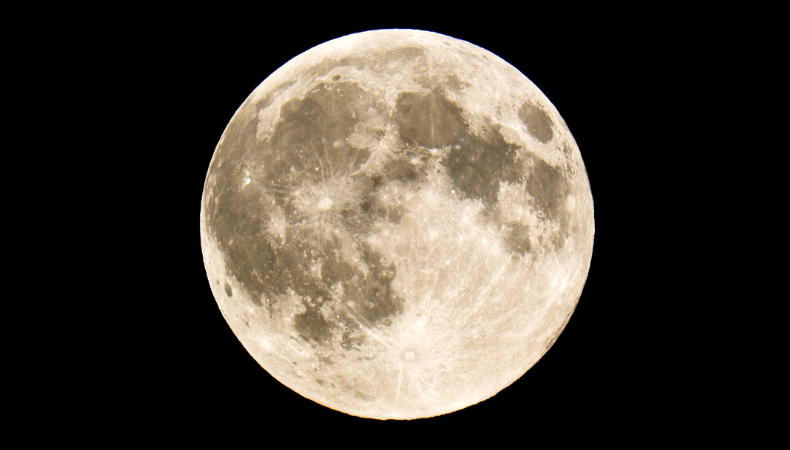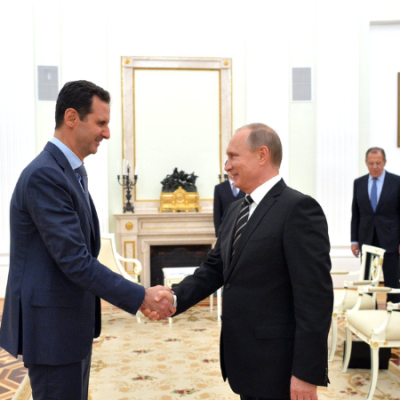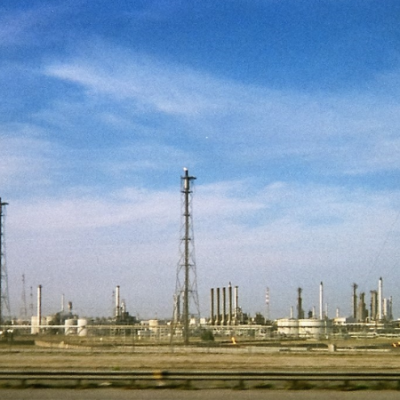Exploring the Potential for Peace on Earth: Sending an Israeli and an Arab to the Moon

With recent developments in space exploration, including NASA’s selection of Japanese astronauts for Artemis missions, there is growing speculation about which country will have the opportunity to send astronauts to the moon. Considering recent world events and the technological prowess of countries in the Middle East, there is a compelling case for the next non-American moonwalkers to come from this region. This article proposes a joint American-Israeli-Arab Artemis mission to the moon, exploring the potential for peace, cooperation, and positive narratives in the Middle East.
Technological Acumen and Contributions:
Both Israel and the United Arab Emirates possess robust technological sectors, particularly in aerospace. Both countries have demonstrated their capabilities in space exploration, with Israel’s attempted moon landing through the Beresheet mission and its upcoming Beresheet 2 mission. The UAE has made significant strides, including the inclusion of the Rashid lunar rover in the iSpace Hakuto-R M1 mission and plans to send Rashid-2 to the moon. Additionally, the UAE’s Hope probe currently orbits Mars. Both countries have also had astronauts participate in NASA missions, contributing to the advancement of space exploration.
Building Bridges through Space Endeavors:
Israel and the UAE are actively involved in supporting NASA’s Artemis program. Israel provided an anti-radiation vest tested on the Artemis I mission, while the UAE is constructing an airlock for the lunar gateway space station. An Artemis mission involving Israeli and Arab astronauts could send a powerful message to the region, emphasizing that peaceful relations and collaboration are integral to prosperity and technological advancement for both Jewish and Arab communities in the Middle East.
Promoting Peace, Unity, and Understanding:
A joint American-Israeli-Arab mission to the moon would symbolize a commitment to peaceful relations and serve as a beacon of hope for the region. The mission could feature a landing site with the American, Israeli, and UAE flags raised side by side, evoking the spirit of unity and cooperation. This endeavor would challenge negative narratives and showcase the positive aspects of Israel and its relations with its Arab neighbors, encouraging the media to focus on the country’s vibrant space, government, and commercial sectors.
Addressing Ignorance and Promoting Cooperation:
The lack of understanding about Israel, its history, and its culture often fuels misconceptions and conflicts. By highlighting Israel’s contributions to space exploration and its positive relationships with Arab partners, a joint lunar mission could challenge ignorance and foster mutual understanding. This initiative would encourage young individuals to embrace cooperation, recognizing that a better future is possible in the Middle East and beyond.
While NASA’s primary mandate is not to solve the problems of the Middle East, a joint American-Israeli-Arab Artemis lunar mission could have far-reaching implications. By promoting peace, unity, and understanding, this collaborative endeavor has the potential to reshape narratives, challenge stereotypes, and inspire a spirit of cooperation in the Middle East. Through technological advancements and mutual efforts, a brighter future for the region can be envisioned, fueled by the shared pursuit of space exploration and peaceful coexistence.



